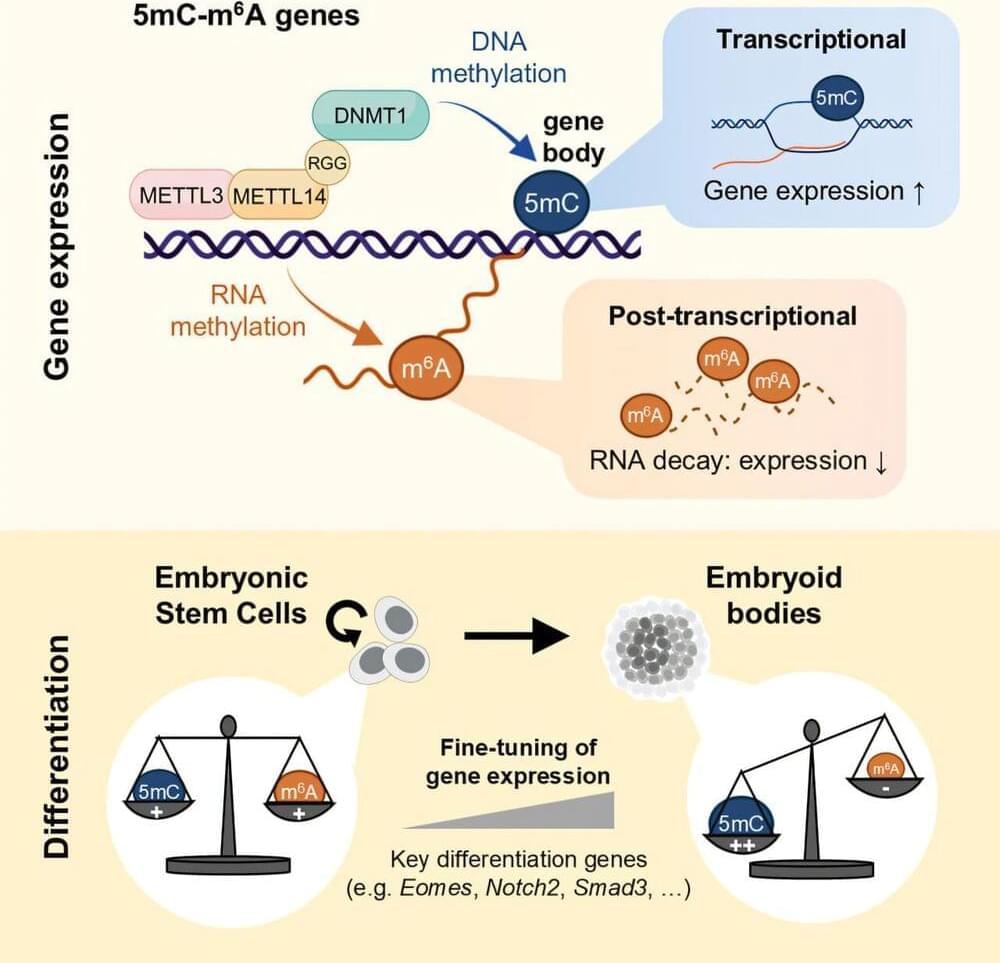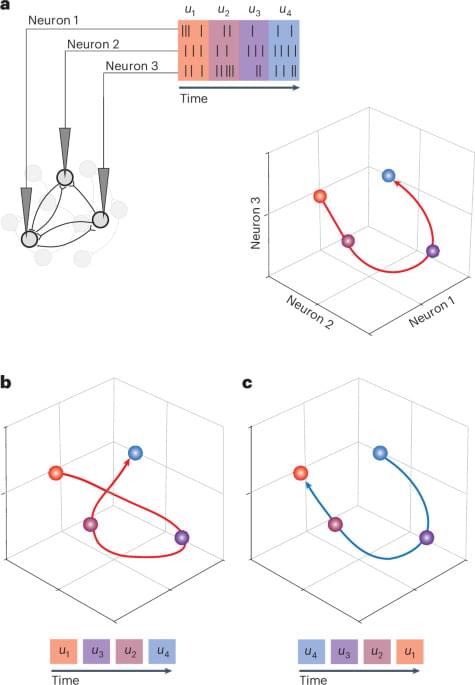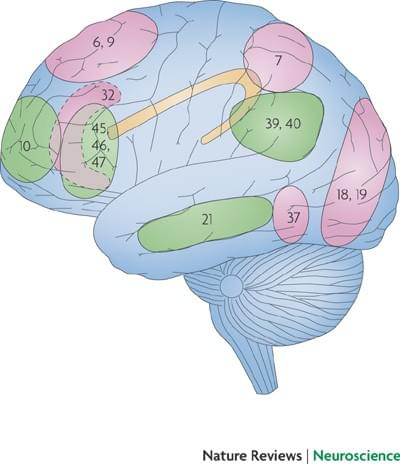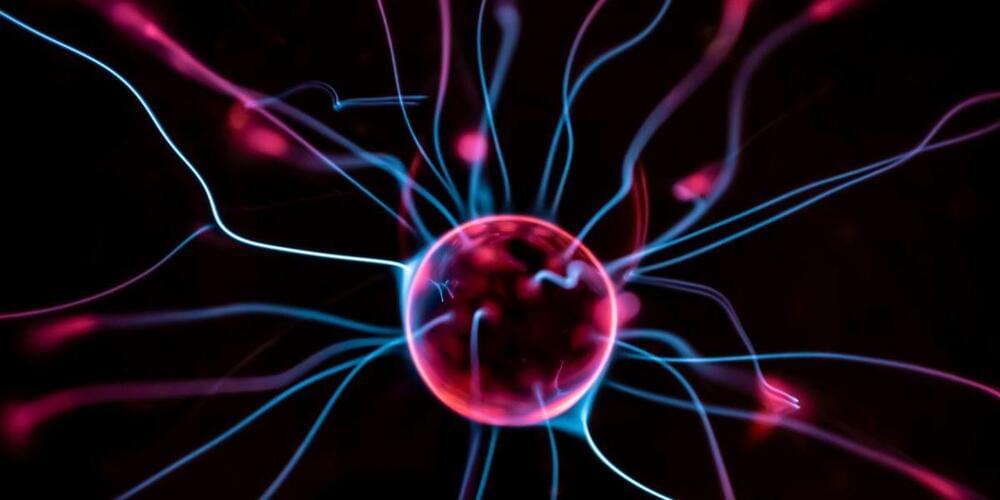Our genes contain all the instructions our body needs to function, but their expression must be finely regulated to guarantee that each cell performs its role optimally. This is where DNA and RNA epigenetics come in: a series of mechanisms that act as “markers” on genes, to control their activity without modifying the DNA or RNA sequence itself.
Until now, DNA and RNA epigenetics were studied as independent systems. These two mechanisms seemed to function separately, each playing its own role in distinct stages of the gene regulation process.
Perhaps that was a mistake.





